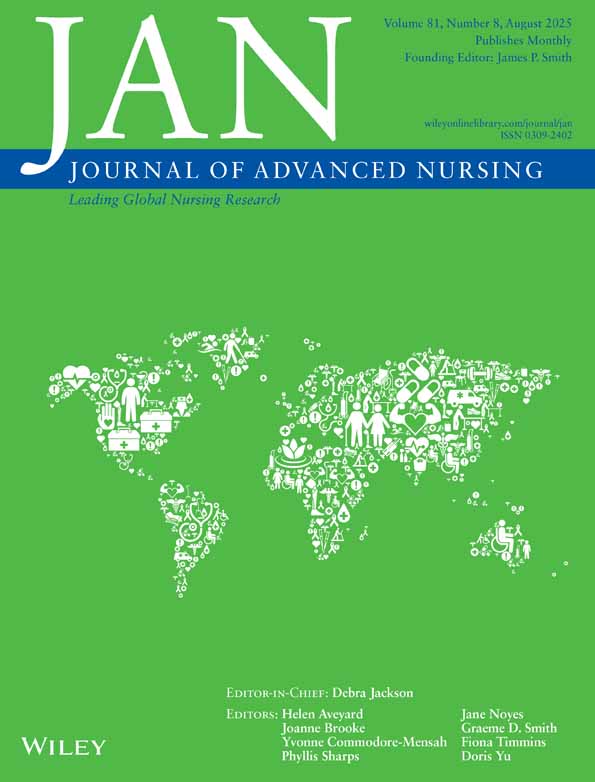Assessment of primary care nursing in relation to adolescent health behaviour by means of trigger films
Abstract
The pattems of adolescents' behaviour place them at a risk from developing health and social pathology In order to assess whether primary care nursing meets adolescents' health needs, the reported performance of 306 registered nurses working in different primary health care settings was studied The research tool developed especially for the study was a video-taped trigger film Demographic, education and work-related variables were studied by means of a questionnaire The behaviour patterns studied were smoking, sexual activity, alcohol and drug consumption, and eating habits The clinical issues were hypertension, obesity and anorexia nervosa Reported performance was low – 35% of the total possible score – with the lowest scores in the areas of preventive care, data gathering and recording, and somewhat higher in the areas of curative care and follow-up The video-taped trigger films were considered to have face validity, they were found to be reliable, with an ability to assess the nurses' reported performance and to differentiate between the nurses in the three different work settings This is the first study of its kind in Israel The results show that primary health nursing of adolescents is insufficient, and that teenagers should get higher priority as a target population from the nursing profession in order to achieve WHO's aims of ‘health for all by the year 2000’




